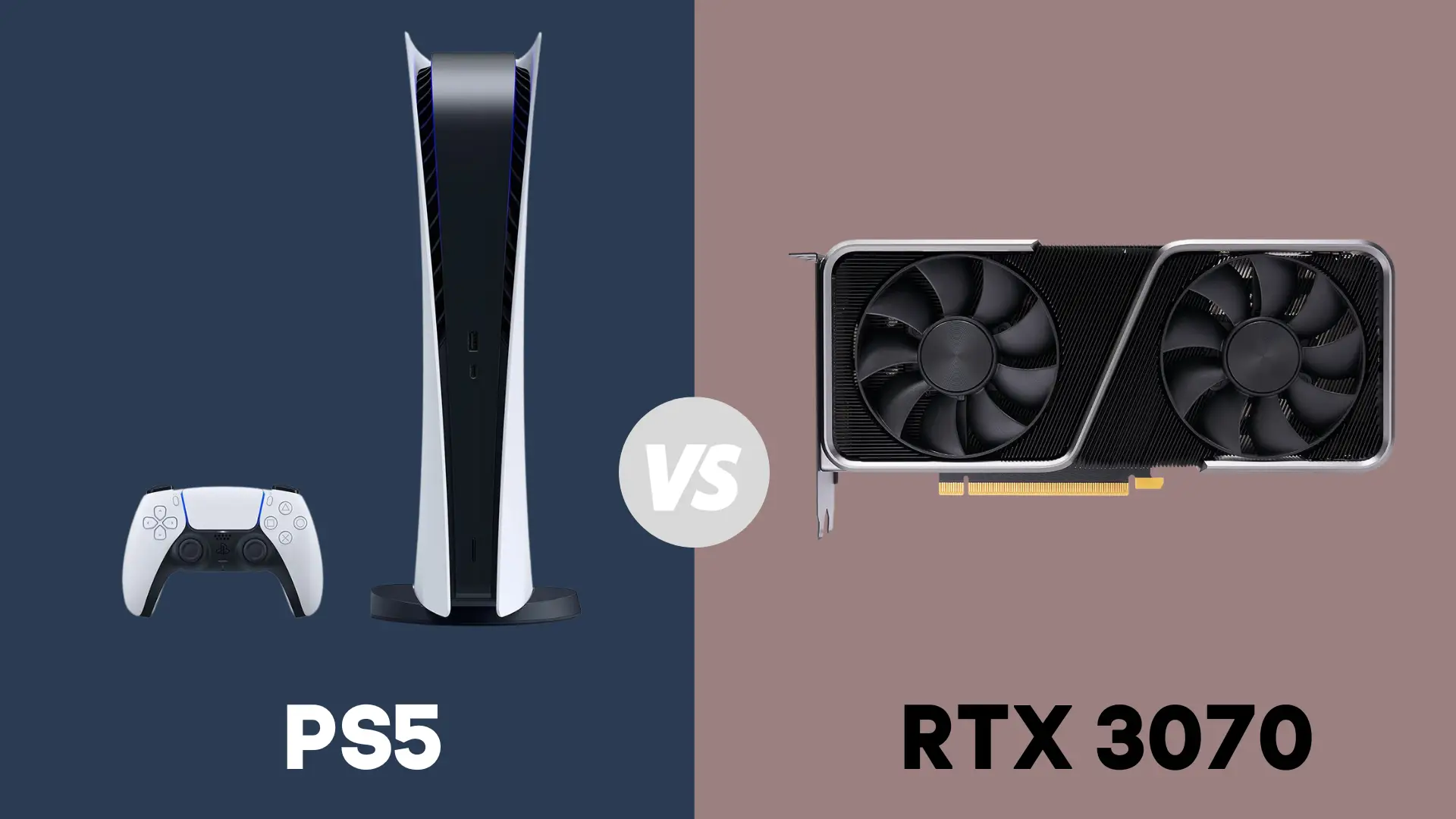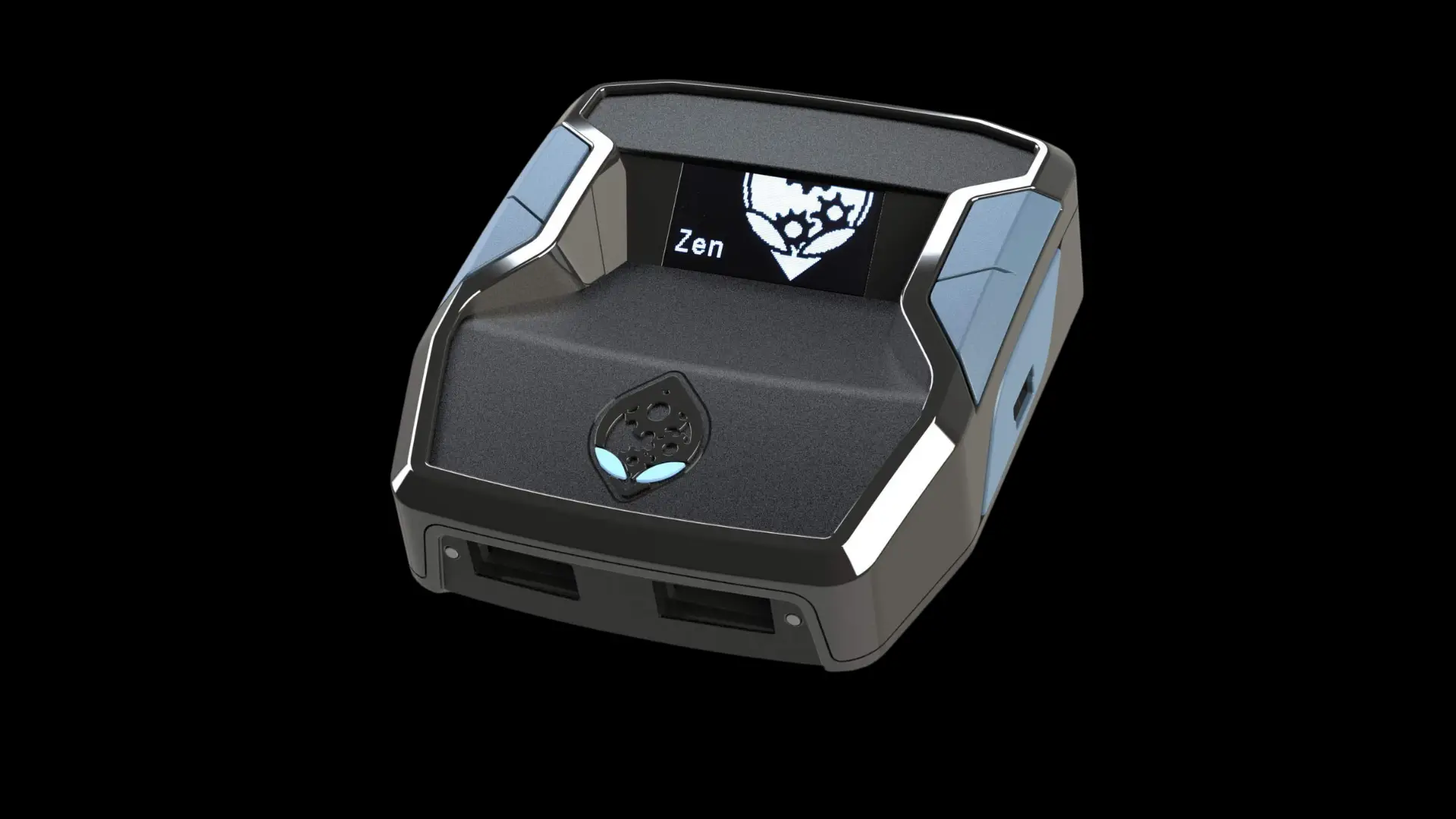How Long Are the Previews Before a Movie?

Think about the last time that you got excited about an upcoming movie. What was it that sparked such enthusiasm in you? Was it a brilliant social media campaign on Twitter or Instagram? Or perhaps a newspaper article fanned the flames of your interest? However, we’re thinking probably not. If you’re like most people, none of these things is exactly true. In all likelihood, you saw a movie trailer and fell in love with what you saw, and thus, the spark turned into a flame.
And if you’re like most people, you love the excitement that movie trailers create in you — so much so that when you finally do see your film of choice, you don’t mind sitting through a bunch more movie trailers at the beginning of the film. How long you’ll be sitting before you get to see your film of choice depends on a number of factors.
In this post, we look at how long the previews before a movie last and at a bit of movie history, so you understand how we got here in the first place.
How Long Are the Previews Before a Movie?

To gain traction with an audience, a movie needs to be introduced to that audience. Movie trailers provide movie film studios with the best opportunity to introduce that movie to the right audience. These previews can last anywhere from 15 to 25 minutes.
This means your 8:00 p.m. showing of Iron Man is really an 8:15 p.m. or 8:25 p.m. showing of Iron Man. The rest of the show consists of trailers and announcements.
A caveat to this rule exists, however. The above example really only works in movie theaters that play major releases. At indie movie houses, the movie house will play an indie movie that will soon appear on that theater’s screens. And there may not be any movie previews at all at the indie movie house.
Additionally, nowadays, previews play a more important role than they ever have before because mainstream movie houses face stiff competition from the likes of Amazon and Netflix. It is because of this competition that movie executives even consider paying movie house owners big sums of money to show their film in front of the right audience.
How Do Movie Theaters Decide Which Trailers Are Shown?

According to Slate, how this works out is a bit like a plan, a bit like a lottery, and sometimes, a bit like something close to bribery.
Movie trailers get assigned to movie houses on what’s called a “quadrant system.” The quadrants represent a broad range of movie demographics. That is there is a quadrant for men under 25, one for women under 25, one for men over 25, and as you’ve probably guessed, one for women over 25 as well. There are other filters besides the quadrant, but for the sake of simplicity and brevity, we’ll leave those aside for a moment.
Here’s where the quadrant comes in. Let’s say that you’re a movie producer who promotes superhero movies, like Iron Man. Based on the quadrant system, you’d probably choose to play this film at movie houses that are already playing movies that would appeal to men under 25, which movie producers believe is the most likely audience for Iron Man. This part of the equation represents the plan part.
Additionally, not all movie theaters play the same previews ahead of each movie, so while the trailer for Iron Man might play at one movie theater showing another movie for the men-under-25 demographic, that doesn’t mean all of them are. Some movie houses play the previews for Disney flicks. Others play previews for Warner Bros.
Where the Quadrant System Skews…
If the movie you’re promoting fits better with Disney and it shows ahead of a Disney movie, then the lottery works out for you. If it plays ahead of a Warner Bros. flick, the lottery didn’t work in your favor.
The bribe comes in when a movie exec pays a theater owner huge sums of money to ensure that his or her movie trailer shows ahead of the biggest, sure-to-be-a-success upcoming movie. In this case, let’s say that it isn’t just Iron Man that’s playing. It’s Iron Man in 3D that is now playing in the theater.
If you’re a movie exec with either a 3D movie or a superhero movie to tout to audiences, you might be tempted to pay big sums of money to important theaters in the circuit to ensure that your movie gets played in front of Iron Man in 3D.
The 3D example, incidentally, is the other part of the quadrant equation. Nowadays, some movies, like 3D movies, don’t fit as well into the “regular” quadrant system. In this case, a movie producer might try to get a “specialty film” like this shown in front of a more appropriate audience, like at a movie house that’s already showing another film in 3D.
Does a Movie Start Exactly at its Published Show Time?
The short answer to this is, no. According to the AMC website, movie previews and some public service announcements mark the start of showtime.
In other words, if you’re planning on seeing an 8:00 p.m. movie — again, we’ll use Iron Man as an example — you won’t be seeing Iron Man right at 8:00 p.m. You’ll see it after the trailers play because movie theater owners consider the previews a part of the show.
Why Are Movie Previews Called Trailers?

If the words “preview” and “trailer” seem like oxymorons to you, that’s because, at one time, they were. According to Mental Floss, the original movie trailer didn’t play before the movie did. It played after it.
To understand this, let’s go back to 1913 when the first movie trailer played. Back in the day, the setup at the local movie house worked differently than it does now.
Movies played all day long. Once audiences paid admission, they basically got a stream of movies, short films, news reels, cartoons, and more. These played on a loop. It’s not inconceivable that a person could be in the movie theater from practically sunup to sundown.
The History of Movie Trailers Starts in the Comics
At this time, Nils Granlund, movie advertising extraordinaire and Broadway play producer, had the idea to promote his play The Pleasure Seekers by making a short reel of it — a trailer — which then showed on the Big Screen.
Nearly simultaneously to this, William Selig, a movie producer, got a burst of inspiration. That is, he looked at the success of the serial stories that ran in the comics. Those encouraged people to buy the newspaper each week.
It was Selig who hatched the idea to bring those two ideas together — the serial that brings people back each week and the movie trailer — to the movies. To promote the next movie of the week, he created trailers, which showed after the loop of movies concluded.
He rightly concluded, that since people could basically stay all day for the price of one admission, trailers would build interest in upcoming films. They left the theater with the desire to come back the next week to see what would happen.
It was a simple idea that is still a staple of the movie industry today. And the name just stuck. While some people call upcoming movie previews just that — previews — others still call them movie trailers, probably without even knowing why.
- How to Pair Meta Quest 3 Controllers with Your Quest 3 Headset: A Quick Guide
- How to Charge Meta Quest 3: A Guide to Powering Up Your VR Experience
- How to Cast Meta Quest 3 to Samsung TV: A Step-by-Step Guide
- How To Factory Reset Your Meta Quest 3: A Step-by-Step Guide
- How to Power On and Off the Meta Quest 3





